Hulu’s ‘Aftershock’ and the dangers of birth in America
Seconds before being rushed into an unplanned C-section at Montefiore Medical Center in The Bronx on April 20, 2020, Amber Rose Isaac excitedly said to boyfriend Bruce McIntyre III, “ ‘This is it! Then we’re all going home together,’ ” he told The Post.
But, tragically Isaac, 26, would never leave the operating table.
“She passed away due to an unscheduled emergency C-section that stemmed from medical negligence and incompetence throughout her entire pregnancy,” said McIntyre, 31, who claimed to The Post that her death was “1,000% preventable.”
Isaac’s tragic story is detailed in the new Hulu documentary “Aftershock,” out Tuesday. The film, which won the Documentary Special Jury Award for Impact for Change at Sundance, examines the maternal mortality crisis in the US and how it disproportionately affects black women.
On April 17, 2020, McIntyre rushed Issac to Montefiore’s Einstein campus, where her mother Renita had worked for 25 years. They hoped she’d receive medical attention for the persistent headaches, bouts of dizziness and shortness of breath she’d endured for weeks.
Issac, a black and Puerto Rican art psychology student at Concordia College, alerted several OBGYNs of her ailments.
However, according to McIntyre, her medical woes were shrugged off by doctors as “typical pregnancy symptoms.”
It turned out, however, that she was suffering from hemolysis, elevated liver enzymes, and low platelets in pregnancy, or HELLP syndrome — a serious complication of high blood pressure during pregnancy.
“The doctors had plenty of time to catch it … and they didn’t,” said McIntyre, noting that it was actually their newly hired doula/midwife assistant, Nubia Martin, who urged Isaac to go to the hospital after learning that her platelets had dropped from a normal 150-count to a dangerous 20.
On Twitter, McIntyre called the Montefiore doctors “incompetent.” In a statement, a spokesperson for Montefiore told The Post, “94% of our deliveries are minority mothers, and Montefiore’s maternal mortality rate of 0.01% is lower than both New York City and national averages. Any maternal death is a tragedy. Our hearts go out to Ms. Isaac’s family, especially to her mother, our longtime colleague.”
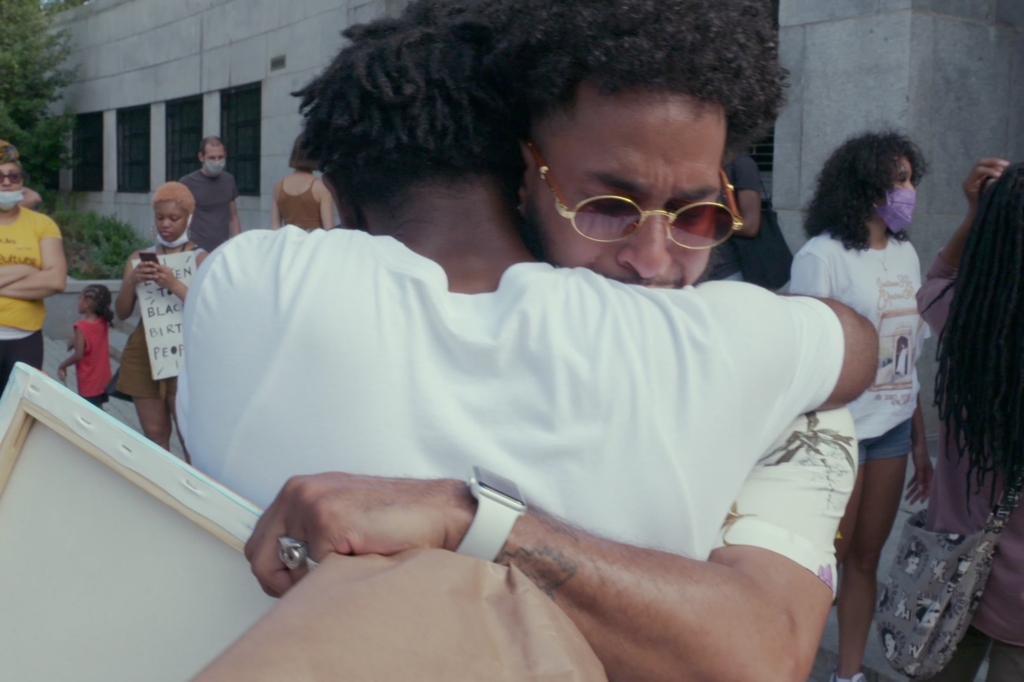
In the documentary — produced by Disney’s Onyx Collective and ABC News Studios — Harvard School of Medicine professor Neel Shah says that doctors often don’t take black patients as seriously as their white counterparts.
“When black people are expressing concern around pain or other symptoms, they’re heard less [than white people] in medicine,” he says. “So, if you’re black, you’re less likely to get good support [during pregnancy and delivery],” he adds.
The US ranks a dismal 46th out of 181 countries in terms of maternal mortality, according to the CDC. In 2020, the overall maternal mortality rate reached a staggering 23.8 deaths per 100,000 births — a massive spike from the 9.8 deaths in 2000.
For black women, the rate rose from 44 deaths per 100,000 live births in 2019 to 55.3 in 2020.

In New York City, pregnant black mothers are five times more likely to die of pregnancy-related causes than white, non-Hispanic women, per a 2018 New York State Health report on pregnancy-associated deaths. Those findings also revealed that in 46% of all pregnancy-related deaths, discrimination was identified as a probable or definite circumstance surrounding the death.
“A black woman having a baby is like a black man at a traffic stop with the police,” bemoans expecting mom Felicia Ellis, from Tulsa, Okla., — where the maternal mortality rate is double the national average — in the documentary.
In addition to black women being more susceptible to chronic diseases such as hypertension during gestation than their white counterparts, limited access to quality health care, costly midwifery and doula services and an overemphasis on haphazard
C-section deliveries contribute to the climbing black maternal mortality rates.
“We intervene with major surgery 500% more than we used to in the 1970s, and when it comes to black women, those risks are higher,” says Shah. “C-sections [can bring about] surgical complications like organ injury, hemorrhage, infection.”
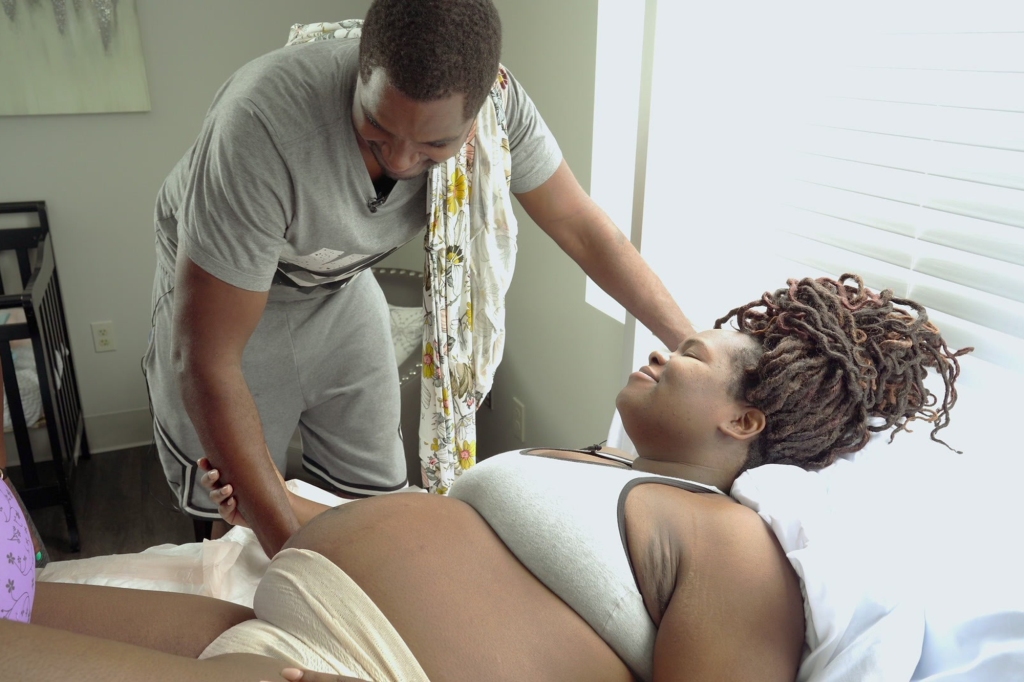
And, tragically the dangers of birthing while black aren’t limited to moms living in disenfranchised communities.
In April, 23-time Grand Slam champ Serena Williams, 40, revealed to Elle that she was deemed “crazy” after alerting doctors to her symptoms of a pulmonary embolism, a blood clot she endured in her lungs following the September 2017 birth of her daughter Alexis Ohanian Jr. (Williams was not affiliated with or featured in the doc.)
Luckily for the tennis legend, doctors were able to drain the clot by administering the blood thinner herapin before it ultimately killed her.
Brooklyn mom of two Shamony Gibson, 31, was not as fortunate.
The aspiring artist and hair care entrepreneur died from a pulmonary embolism two weeks after giving birth to her and boyfriend Omari Maynard’s second child, son Kahari, in October 2019.
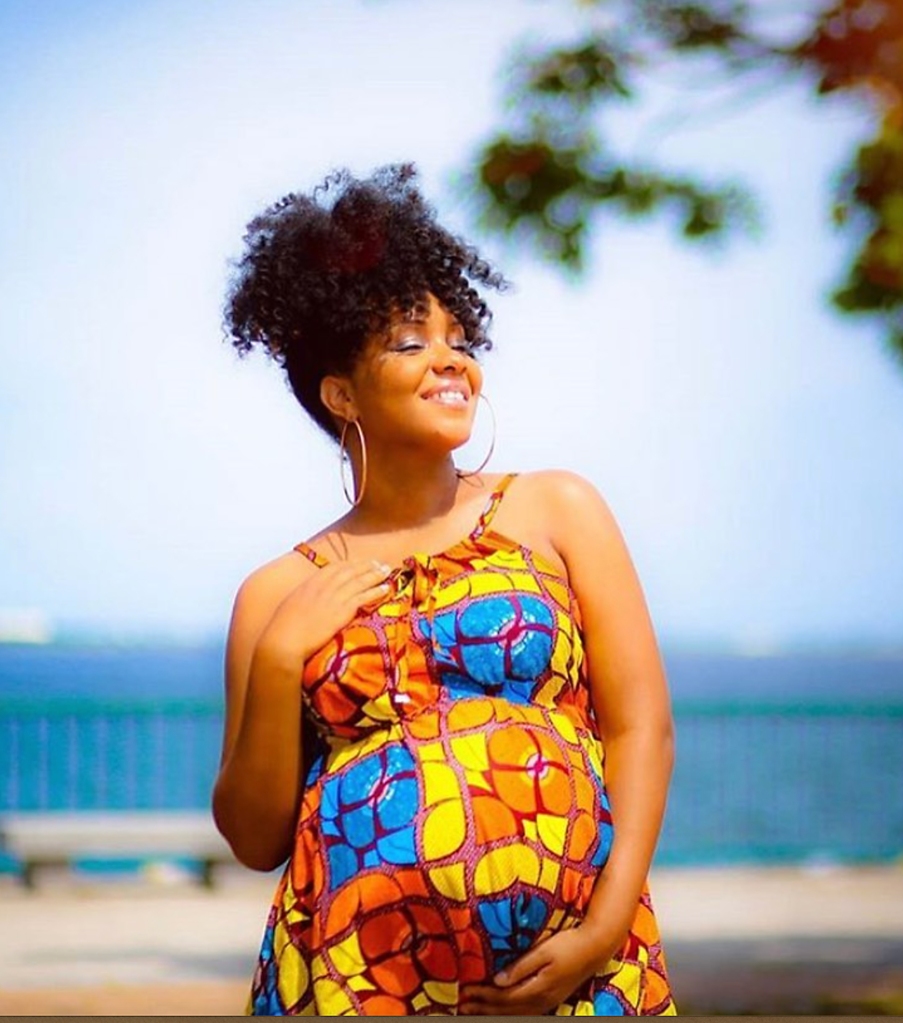
“After she gave birth, we went to the hospital three times, and every time Shamony would tell the doctors that she was dealing with headaches, severe shortness of breath and feeling faint while walking,” Maynard, who is featured prominently in the doc, told The Post. “And every time, the doctors would tell us to schedule an appointment for a [post-natal] check-up.”
But her mother, Shawnee Benton-Gibson, a veteran reproductive advocate and activist of nearly two decades, wanted action from the hospital.
“I reached out to the hospital where Shamony gave birth and told them she’d been suffering with those symptoms, and I even mentioned that she might be suffering from a pulmonary embolism,” Benton-Gibson told The Post.
Still, the doctors ignored the desperate mom’s cries for help. “They said, ‘No, it sounds like she’s just doing too much. She needs to lay down and rest,’ ” Benton-Gibson says.
However, on Oct. 6, 2019, the then-undetected blood clot sent Gibson — who’d previously given birth via C-section to daughter Anari — into cardiac arrest.
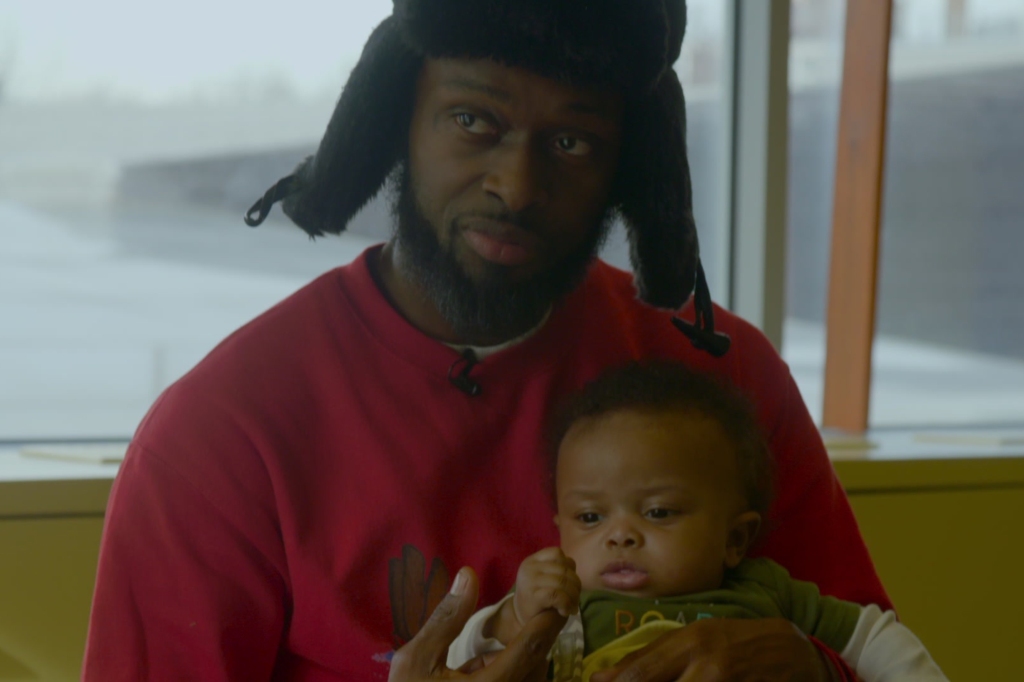
When EMTs arrived to their small apartment in Bed-Stuy and found Gibson convulsing, they automatically assumed she was suffering a drug overdose, Maynard and Benton-Gibson say in the film.
“There was no sense of urgency to get her downstairs, into the ambulance and to a good hospital,” Maynard told The Post. “It was like they assumed that because she was a young black woman in Bed-Stuy that she was on drugs. And because of that, they didn’t feel compelled to save her life.”
The first responders, none of which were black or people of color, refused to take Gibson to the hospital where she’d just given birth. Instead, they transported her to an “underfunded” and “divested” medical center, where doctors spent hours trying to diagnose her failing health condition before giving her an 11th hour blood thinner.
The last-minute elixir wasn’t enough to save the young mom.
“The worst thing Shamony could have done was lay down with clots building in her body because that only makes them grow and move faster, and it took her life,” lamented Benton-Gibson. “If the [doctors] would have f- – king listened, they could have taken her to a hospital that had more resources, my daughter would still be here healthy and raising her children.”
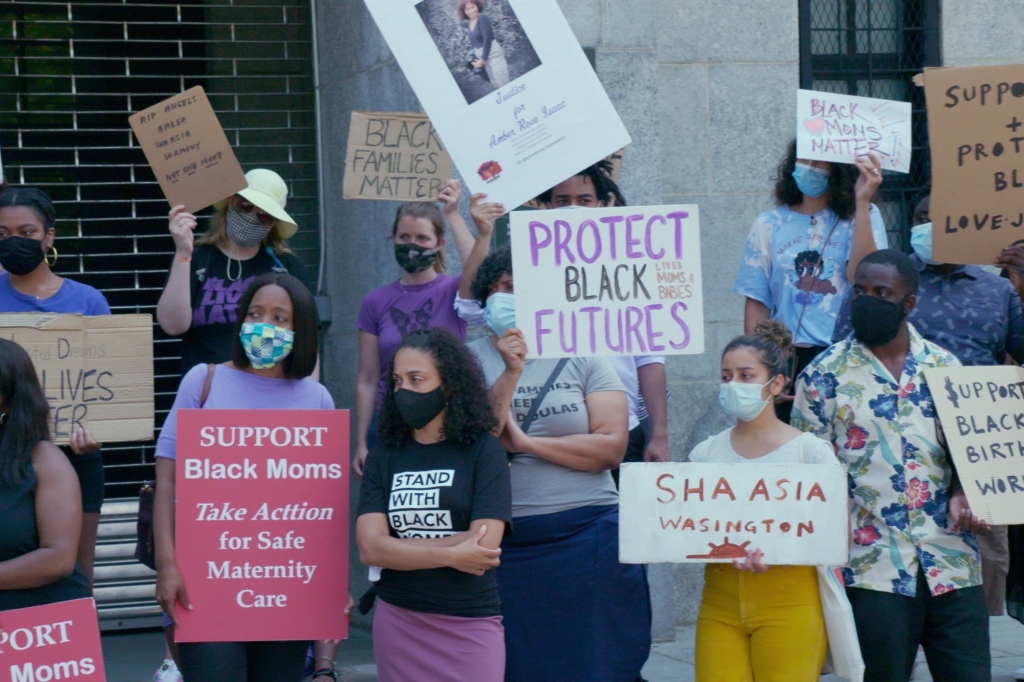
Now, she, in tandem with Maynard and McIntyre are working to eradicate the systemic injustices that hinder black mothers from receiving quality and attentive care during child birth. Benton-Gibson made a speech demanding change at the Washington Monument during the 57th March on Washington in August 2020.
McIntyre is pushing for legislative change with his free-standing midwifery and birthing center bill, which was passed by Gov. Kathy Hochul in January, seeking approval to operate a Bronx-based birthing center that offers specialized pre- and post-natal care to expecting mothers of color.
Their fight has even reached Capitol Hill.
On May 7, 2021, fellow activist Charles Johnson, whose wife Kira died of a hemorrhage after giving birth to their youngest son at Cedars Sinai in April 2016, petitioned the House for federal improvements to be made in maternal health care.
“This is a human rights issue,” argues Johnson, the son of television Judge Glenda Hatchett, to Rep. Carolyn Maloney in footage featured in the documentary.
“It should be a fundamental human right to deliver a healthy child in this country, and live to raise that child.”
Read the full article Here


 (@Radieux_Rose)
(@Radieux_Rose) 